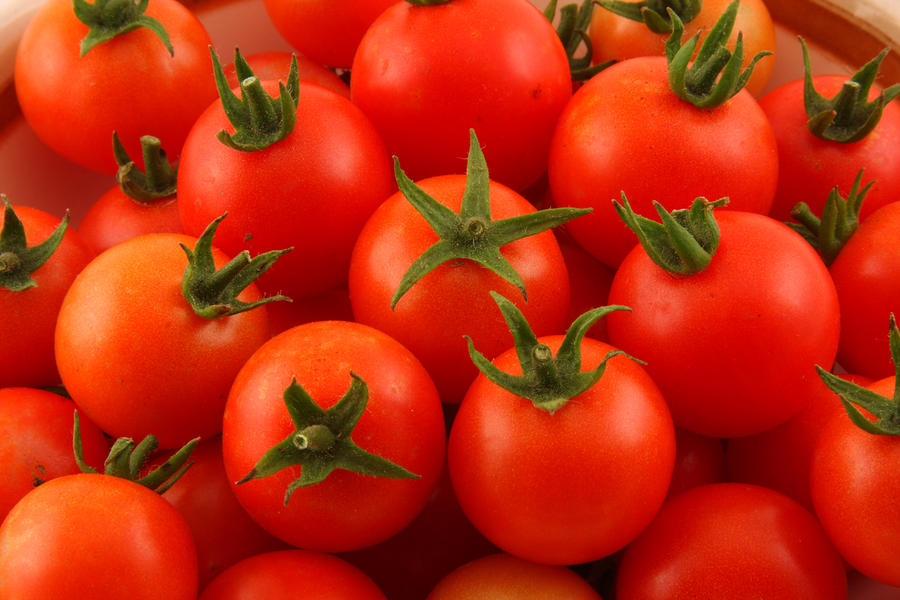Research is well underway in Alberta, Canada, to develop a "smart label" that can sense the presence of certain bacteria, including infamous E.coli, in a food package, and change color to warn consumers and producers alike.

So suddenly your meat package would turn from blue to white or get all cloudy and you'd know that you've just barely missed ingesting E.coli, Listeria or Salmonella. Cool, huh?
So two small problems: this is being done in Canada, not the States (yet), and the
scientists at University of Alberta still need to do more testing, get government approvals and move on from the lab to product manufacturing. But they're on the right track.
Alberta has had a host of food illness outbreaks recently, E.coli and Salmonella carried by
pork,
sprouts and chia seeds being the latest. We here in the US have had our share of recent food safety failures: children on both the
West coast are dying from E.coli infection complications. And the thing is,
it's really hard to figure out where it came from. You basically have to let it get really widespread to be able to confirm the source. Great. Good plan.
So the Alberta Livestock and Meat Agency decided to give Dominic Sauvageau, a chemical engineer and researcher in biotechnology, and his team of researchers $220,000 to develop a way to improve the situation. "Smart labels" is their hopeful answer. Not only will this alert consumers should contaminated food get that far in the distribution process, but the technology would also allow food processors to identify weak links in their procedures just by seeing the labels change color at a certain point in the process.
“If there’s a sensitive step in food processing, this technology can help identify exactly where is the sensitive part of the process,”
Sauvageau said. “The ideal situation is to never get to the point where you need a recall.”
Wouldn't that be nice.
In case you're wondering how to avoid contamination for now and not freak out about eating your meat and vegetables:
here is what the Mayo Clinic advises you to do (I'd listen, they seem to know what they're doing, right?).
So hopefully some day soon we'll have not just Canadian coins popping up across the border, but smarter food labels as well, and optimistically far fewer horrendous headlines about children dying from eating their vegetables.
Maya Missaghi, J.D. expected 2015,
William Mitchell College of Law
Photo credit: http://www.shutterstock.com/video/clip-1910584-stock-footage-student-medical-technican-working-with-a-microscope-and-test-tubes-in-laboratory.html




